Valve’s new card game, Artifact, seems to be falling into decline more rapidly than expected. Brought to you by the developers of Dota 2, Counter-Strike, Half-Life, Left 4 Dead, Portal, and Team Fortress, the player base of Artifact is rapidly falling and doesn’t seem to be recovering (60k concurrent players at launch to 7.2k as of the time or writing).
We’ve spent quite a bit of time playing the game since its launch, so here are 5 reasons why we believe Artifact is doomed unless some major changes are made in the very near future.

1. Cost
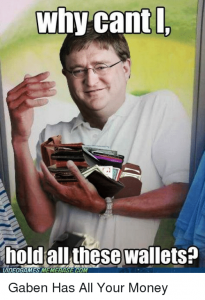
The biggest barrier to entry for any game is always the cost – especially when we’re talking about a globally-released game. Not all economies are equal, and simply having a barrier to entry is enough to stop people from even trying the game. Add to the fact that some cards are ridiculously expensive (some of the cards were more expensive than the game itself), not many will be willing to give Gaben their money.

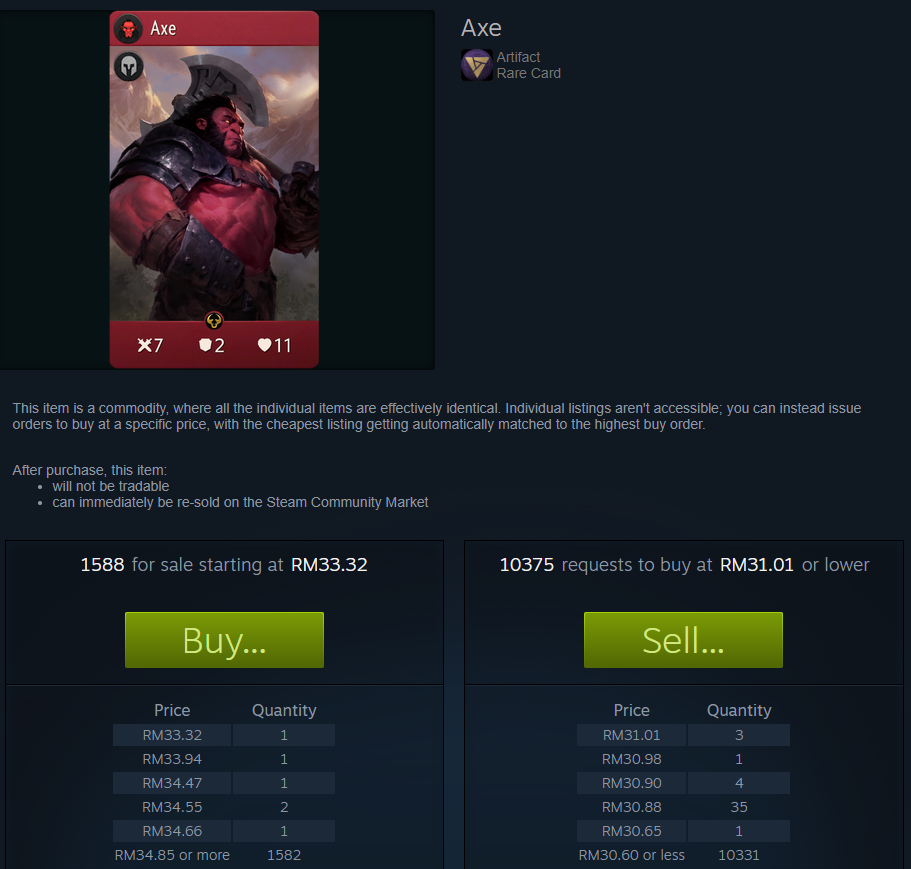
A very greedy monetization system that mimics physical trading card games, there seems to be little-to-no appeal for new players to continuously toss cash into this digital-only card game. Despite some cards soaring to absurd prices (the Axe card cost more than the game shortly after launch), we are continuing to see drastic price drops across the board for cards as the player base dwindles. What makes things worse is that your once-expensive card can also become worthless if it gets nerfed. At least Gaben lets you sell those cards back to Valve for the highest price within a 24 hour period from the announcement – but not at the price you bought it for.
2. Minimal Progression

The biggest surprise of Artifact is its lack of both a proper ranked ladder system and a daily rewards system for playing. With the v1.2 patch, Valve introduced a leveling system of some sort – but it still feels minimal. Your first 3 wins of the week will give you bonus experience, which in turn unlocks avatars, event tickets and card packs as you level up. At least it’s a step forwards to letting people have a more free-to-play feel, giving them the time to decide if they want to sink more money into the game.
3. Competition
In a vacuum, Artifact could have done well like Magic: The Gathering once did in the early 90’s or at least like Magic: Online (2002), which is still alive and has a similar monetization model. Yet in 2018, we have plenty of other options that follow a free-to-play model with optional in-game transaction options. Hearthstone, Magic: The Gathering Arena, and Shadowverse are just some games that have much, much friendlier monetization models that don’t make players feel forced to buy stuff just to play a digital card game. With simple things like a reward systems and in-game currency that can be earned, many players can get a feel for the game for free and even make some decent progress without having to invest any money.
This means a lot for a multiplayer-only game – it means there will always be a community to talk to and play with as the game moves forward. Hearthstone has really taken the right steps to secure a large portion of the market with interesting game modes, regular expansions and the option to play on the go through your smartphone or tablet. Heck, even Magic: The Gathering Arena has an insane USD 10 million prize pool to attract gamers. What does Artifact have to offer?
4. Reviewed Bombed
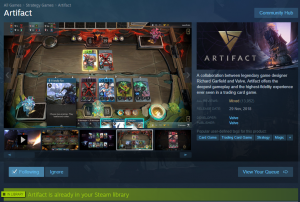
The monetization model of Artifact has made players so disgusted with Valve’s blatant attempt at another cash cow that they reviewed-bombed the game on Steam. With the much feared “Mixed” reviews from 13,952 Steam users (at the time of writing), it really doesn’t matter if the game can be entertaining or has a metacritic score of 76 – no one in their right mind would try out a game with mixed reviews that is not free to install and try. The only way forward for Valve is to make some big changes – and to make them soon.
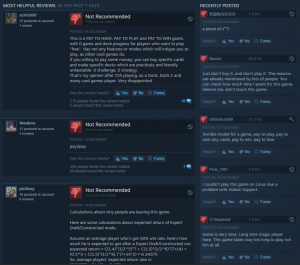
5. Time
With such a small window for beta testing, it seems that Valve has released Artifact way too early with too many missing pieces. Even with the recent patches that have introduced some decent changes, it might be too late for the game. First impressions are really everything in this industry, and Valve has dropped the ball.

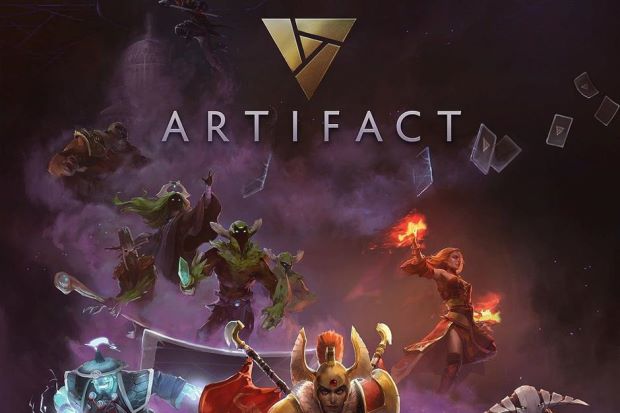
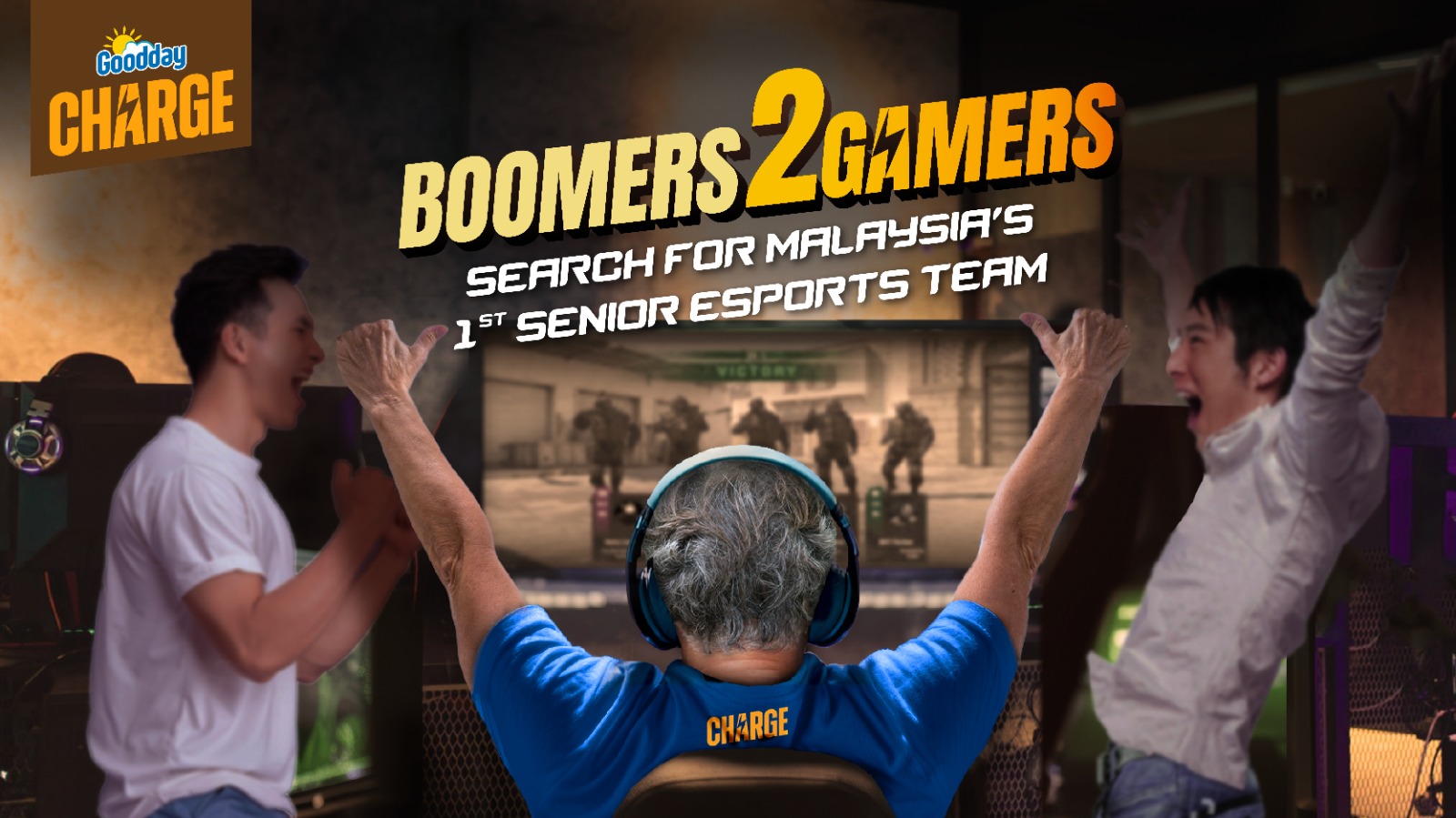
 2 bulan yang lepas
2 bulan yang lepas